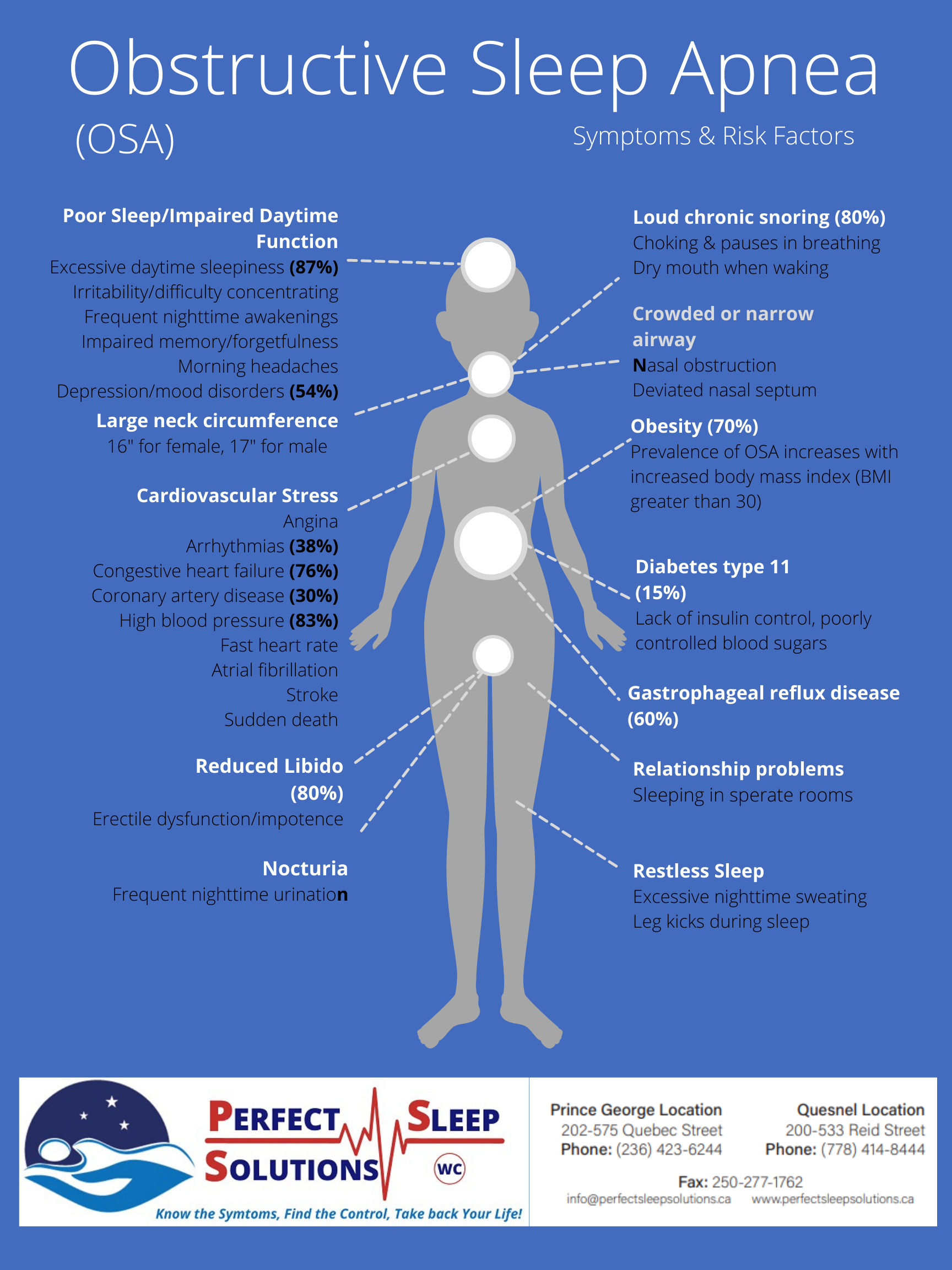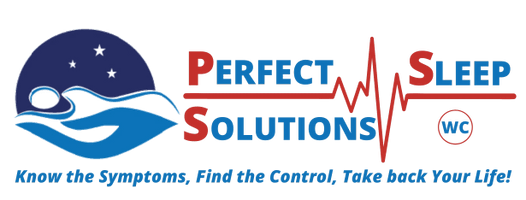PARTIAL UPPER AIRWAY OBSTRUCTION DURING SLEEP UNDER-DIAGNOSED
Obstructive sleep apnea syndrome is a well recognized disorder (OSAS) diagnosed with an elevated apnea-hypopnea index. Prolonged partial upper airway obstruction or UARS is a common phenotype of sleep disordered breathing which is largely underreported. Partial upper airway obstruction is underrepresented because there is no consensus of its etection, qualification, or clinical impact. Second, episodes of UARS are usually prolonged, typically for several minutes and the severity cannot be seen as an event as with AHI (apnea-Hypopnea index).
Patients with UARS often have a low AHI and are commonly interpreted as mild or not requiring treatment. In clinical practice a Level 1 study is helpful to detect partial upper airway obstruction. Periods longer than a hypopnea are indicative of UARS. Measuring flow limitation and snoring signals tend to be reliable markers. There is an urgent need to recognize partial obstruction as a treatable form of sleep disordered breathing as these patients are symptomatic. Hypertension, hypercapnic respiratory failure, depression, insomnia and anxiety might be a consequence of untreated UARS. Partial upper airway obstruction or UARS is most prevalent in women, and treatable with Continuous Positive Airway Pressure or CPAP. Sleep patients with a low AHI and non-apneic snoring yet having symptoms including elevated ESS scores (>10) should not be overlooked and research shows that compliant adherence to CPAP therapy can improve health outcomes.
OSA is often an overlooked underlying condition to other serious medical diagnoses such as hypertension, cardiovascular disease, congestive heart failure, and arrhythmias. OSA is also the #1 leading cause of strokes.


